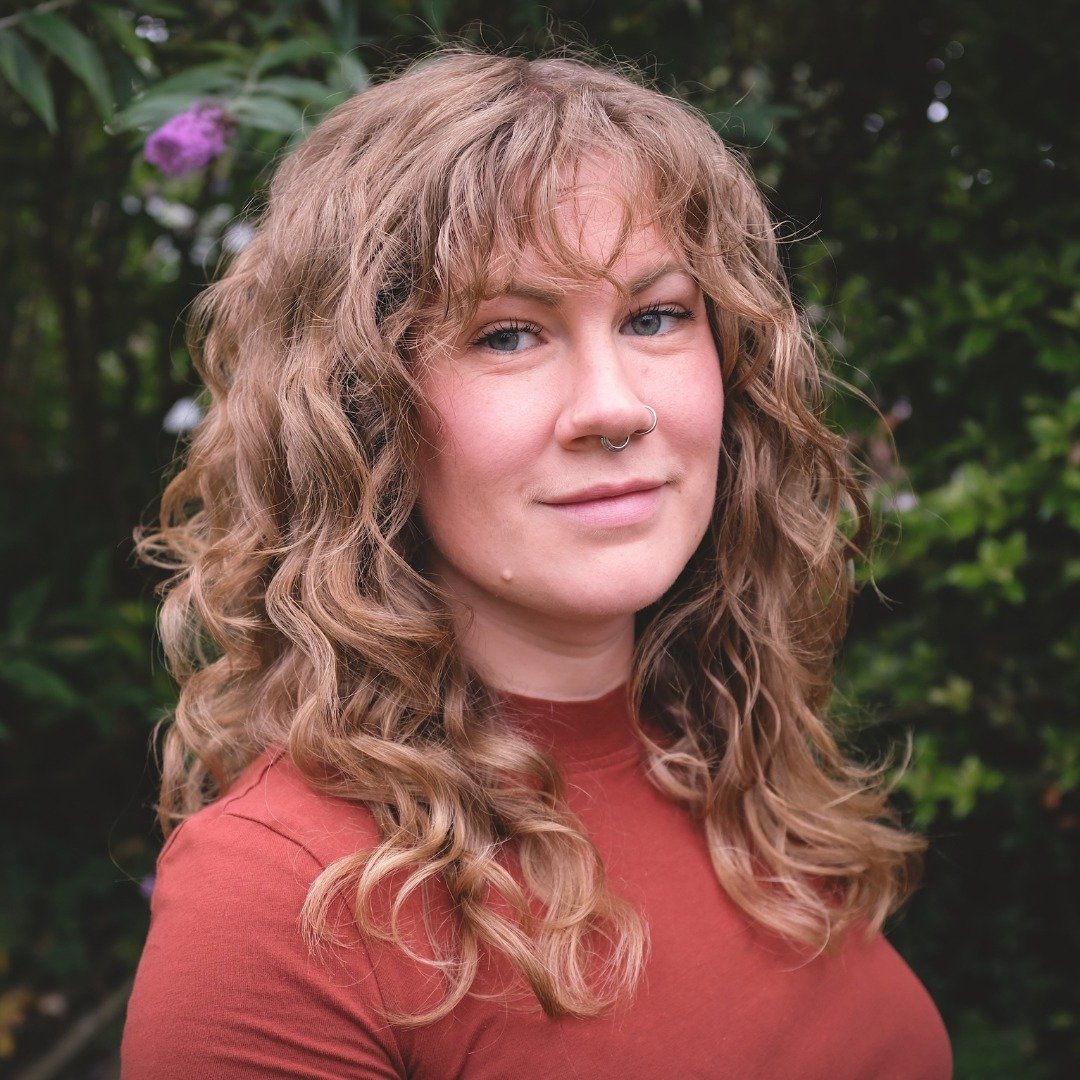
Through a sensual, tactile engagement with care and ecology, Vivian Ross-Smith creates performance, installation, textiles, and painting. Her touchable, often wearable work, explores notions of comfort, pleasure, and disgust in the body. Vivian draws on queering practices and reflects on her islander identity, as well as her background in social care work. Her multi-sensory work is rooted in place-based, community-building collaboration. Playing with embodied knowledge, she considers her work an offering to the viewer, exploring themes of generosity and reciprocity.
Born in Edinburgh and raised in Fair Isle, Shetland, Vivian holds a BA(Hons) from Gray’s School of Art (2013) and a Masters with Distinction from Glasgow School of Art (2020). She was the inaugural Freelands Studio Fellow at Swansea College of Art (2023).
Here's what Vivian had to say about her work with Natur am Byth:
Throughout my residency, I developed a site-specific project that engaged LGBTQIA+ communities with secretive species that are often overlooked and unloved, living between urban and rural environments in the Swansea Bay area of South Wales.
The project explored the intersections of art, ecology, and queer resilience, with my research focussing on the Fen Raft Spider and one of its key habitats, Crymlyn Bog. Through performance-led workshops and gatherings, I invited queer community to reflect on the bog’s ability to survive despite its violent history, including being bombed during WWII and being surrounded by landfill, an Amazon warehouse and residential developments. Crymlyn Bog sits on the outskirts of Swansea, and despite its massive size, incredible history and ecological importance, many local residents are unaware of its existence. Crymlyn is currently oversaturated and restoration efforts are focused on encouraging water off the site.
The Fen Raft Spider, covered in hydrophobic hairs, is able to float on water and continue to exist in Crymlyn’s water-logged environment. In recent years, concentrated efforts to boost the Fen Raft Spider population have led to sensationalist media coverage, with headlines exaggerating its size, calling it “as big as rats” and painting it as an invasive threat. My research draws parallel between the divisive and damaging language used to describe a species simply trying to exist, and the queer-phobic, trans-hating, narratives we far too often see in media and politics.
Framing the misunderstanding and mistreatment of both this secretive species and its habitat as metaphors for queer resilience and empowerment, I explore themes of interspecies care, belonging and community in times of oversaturation.